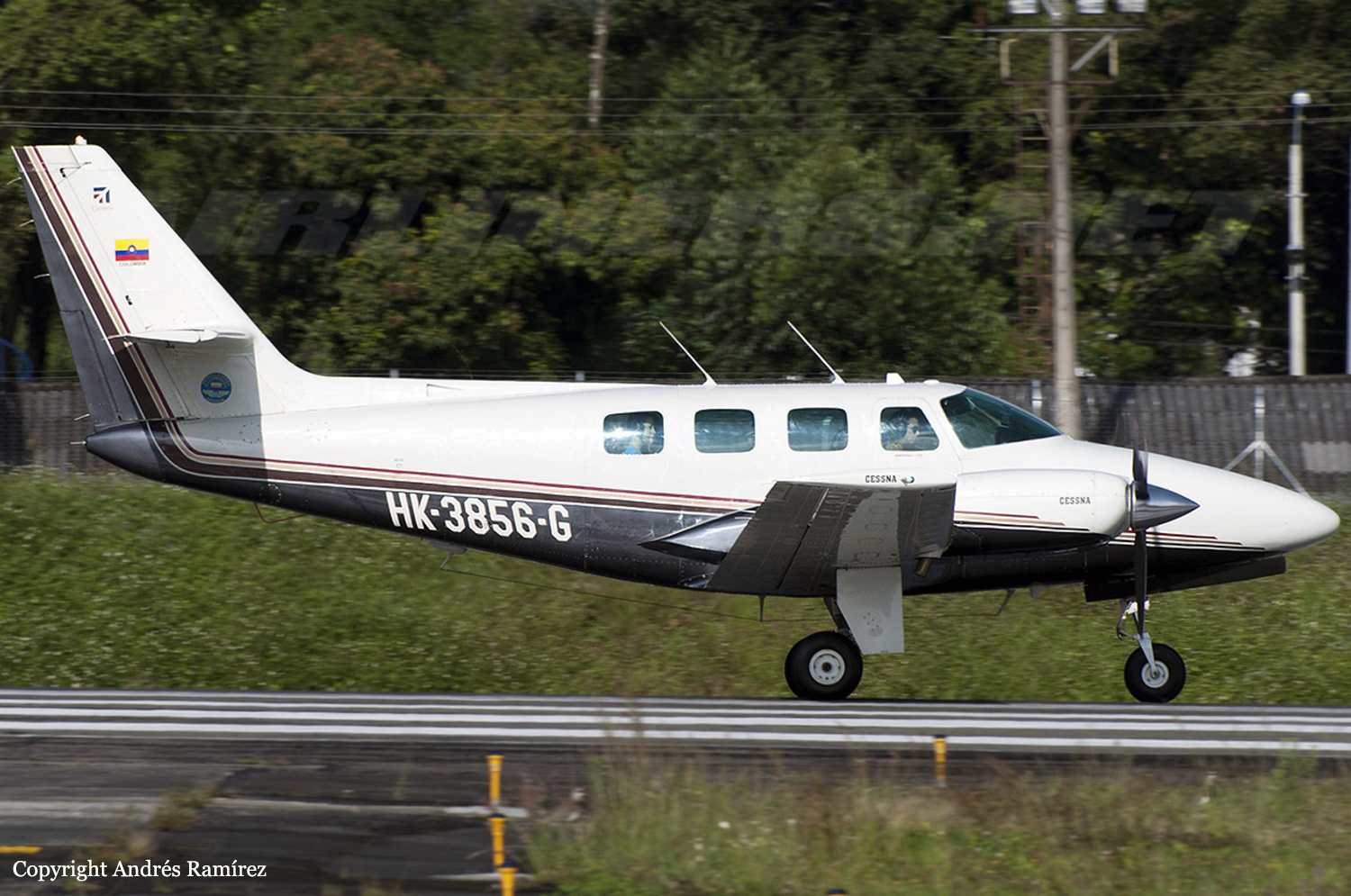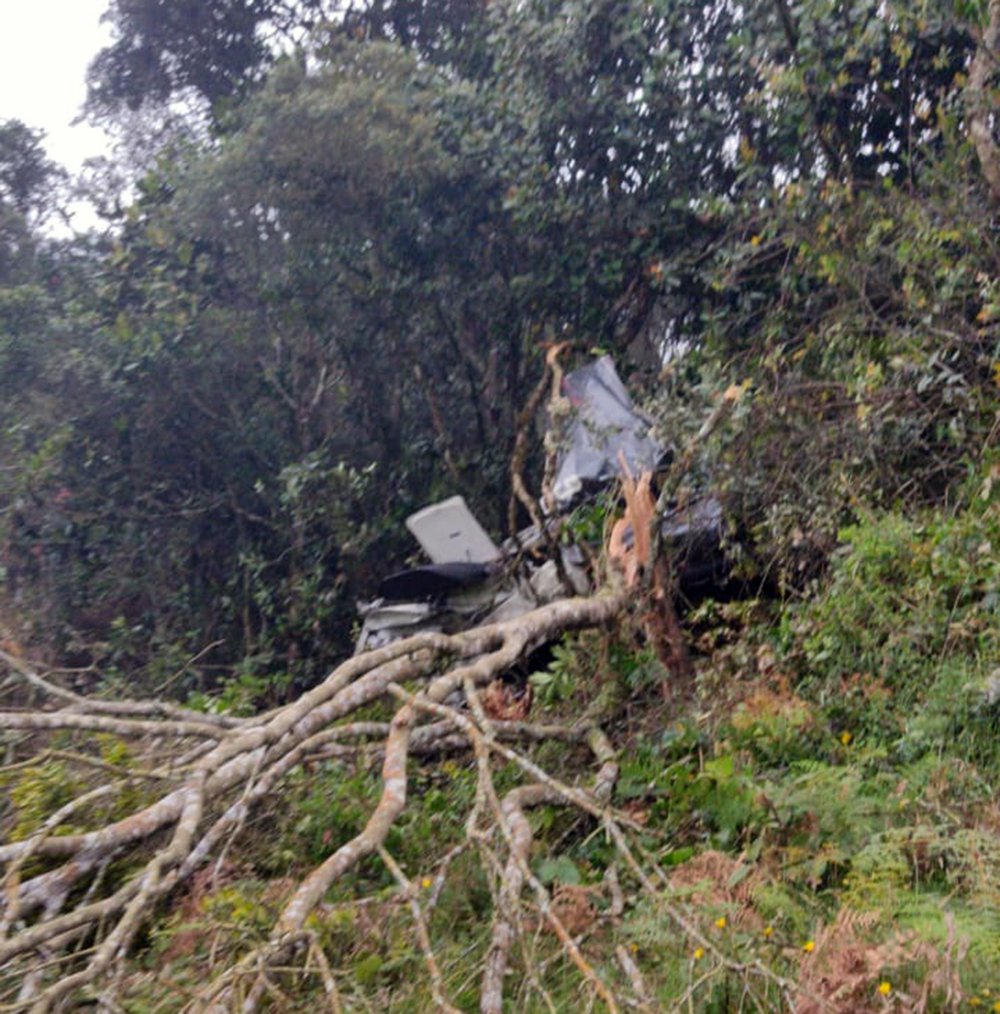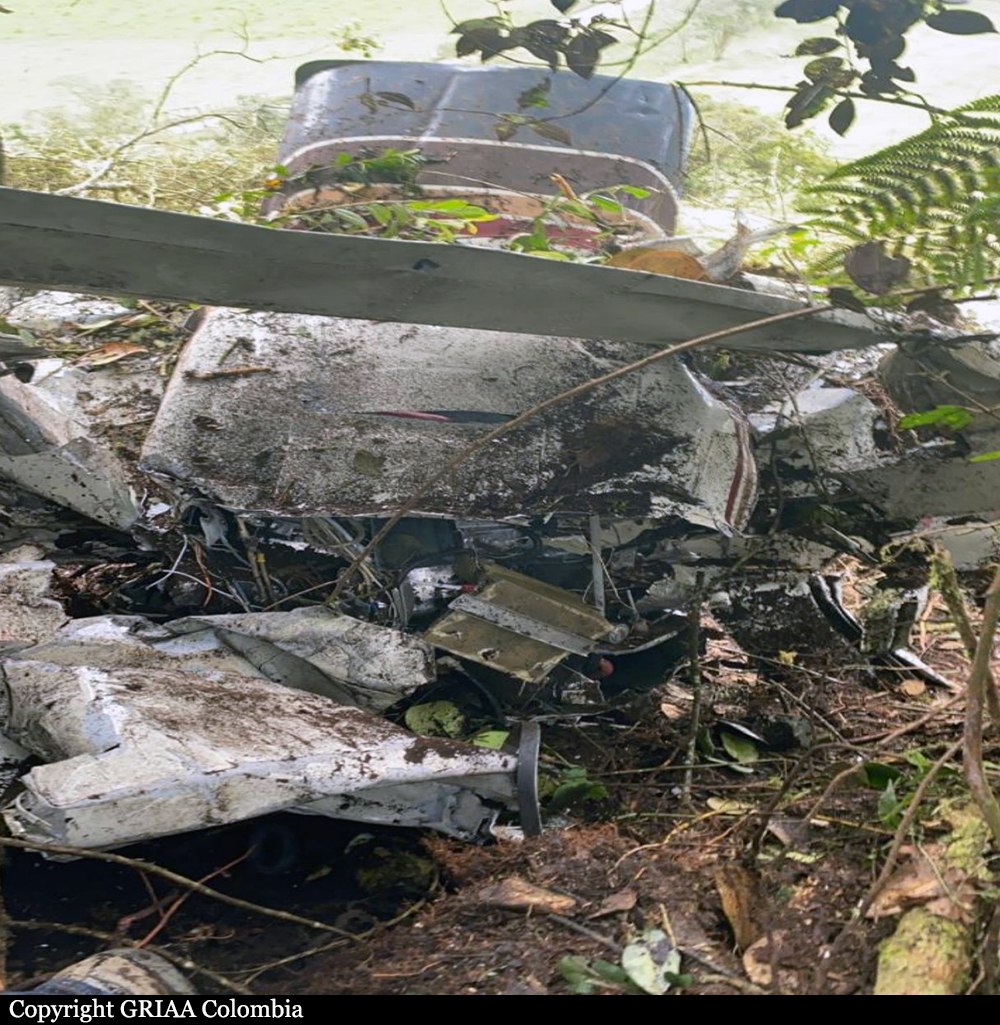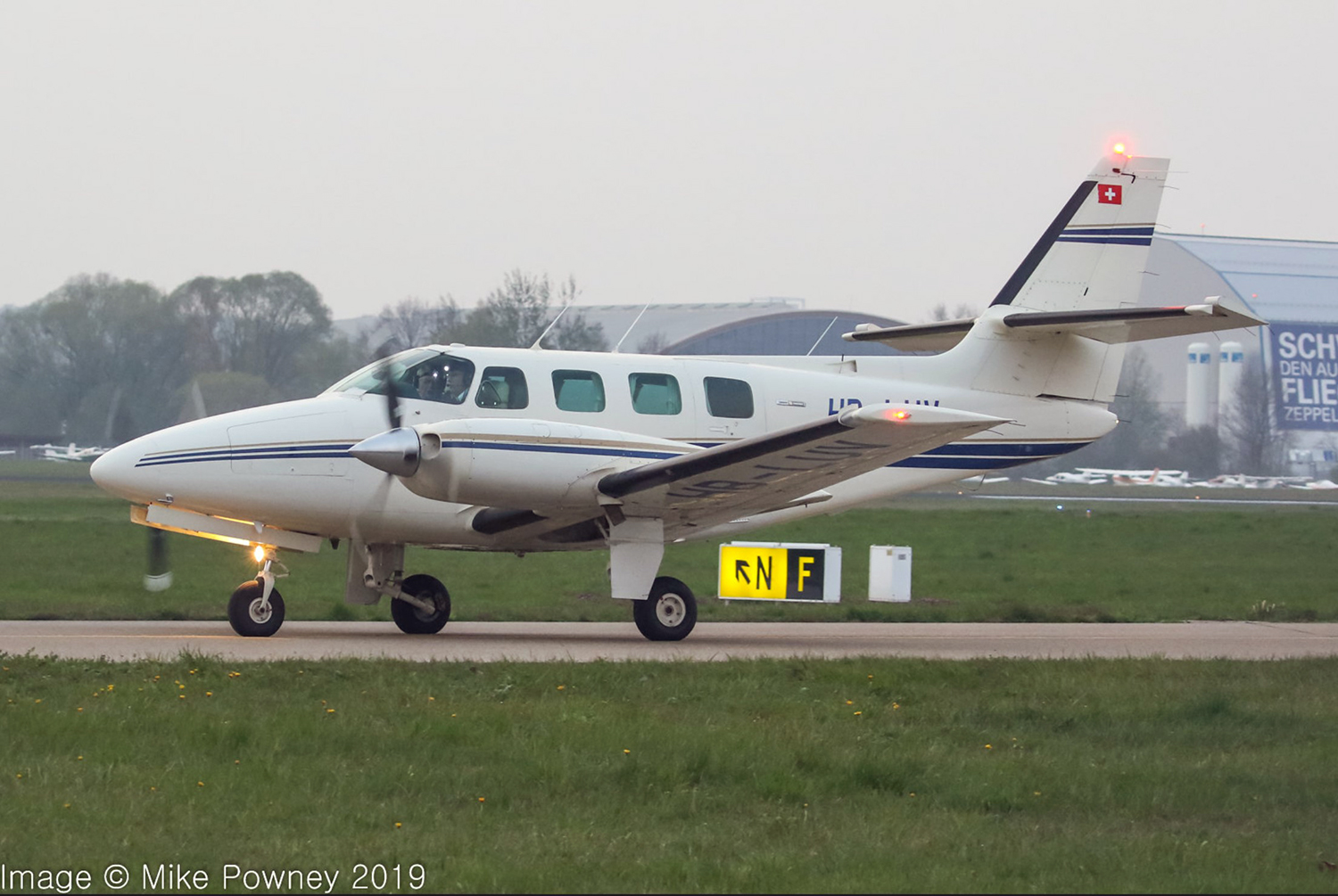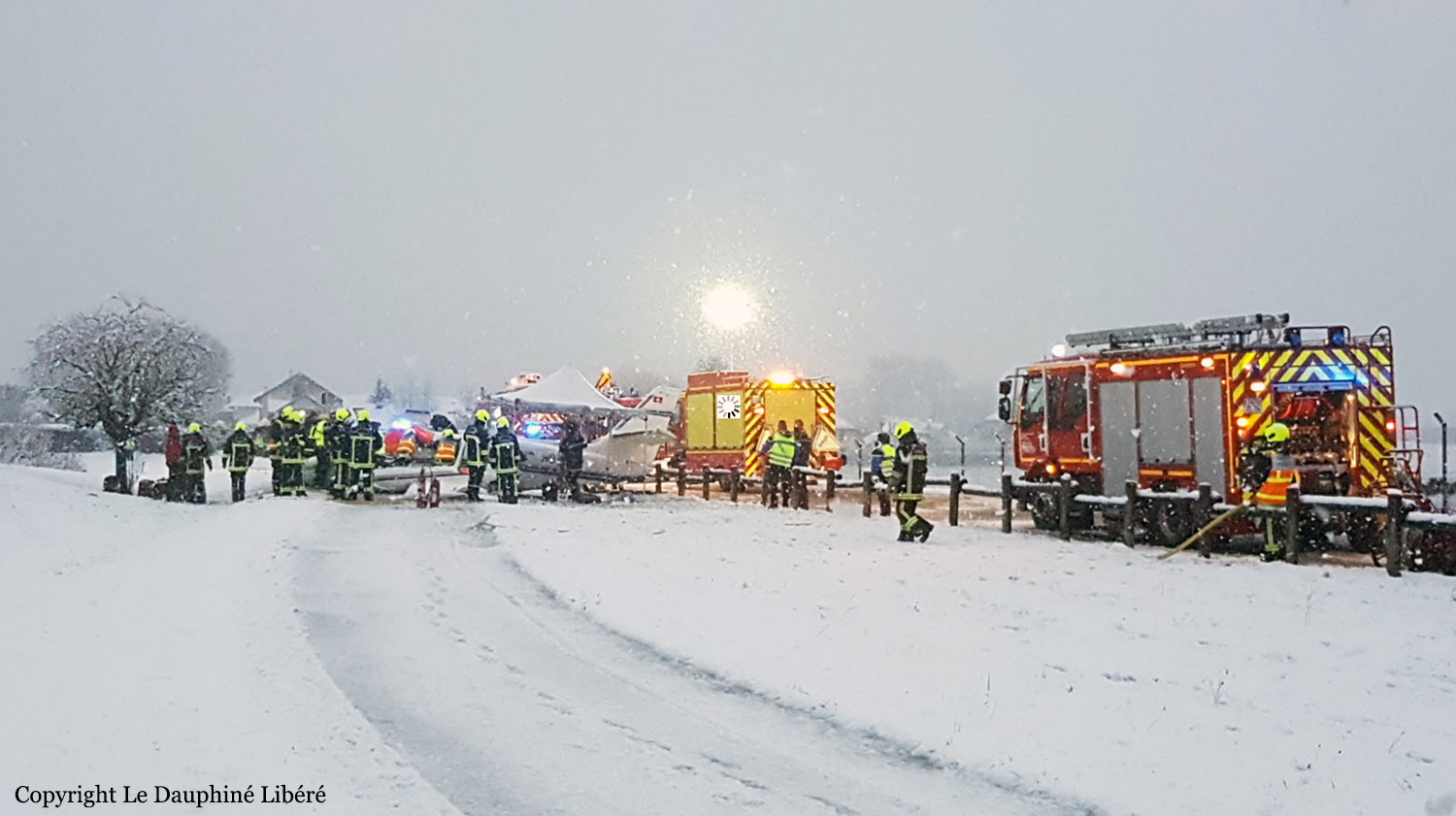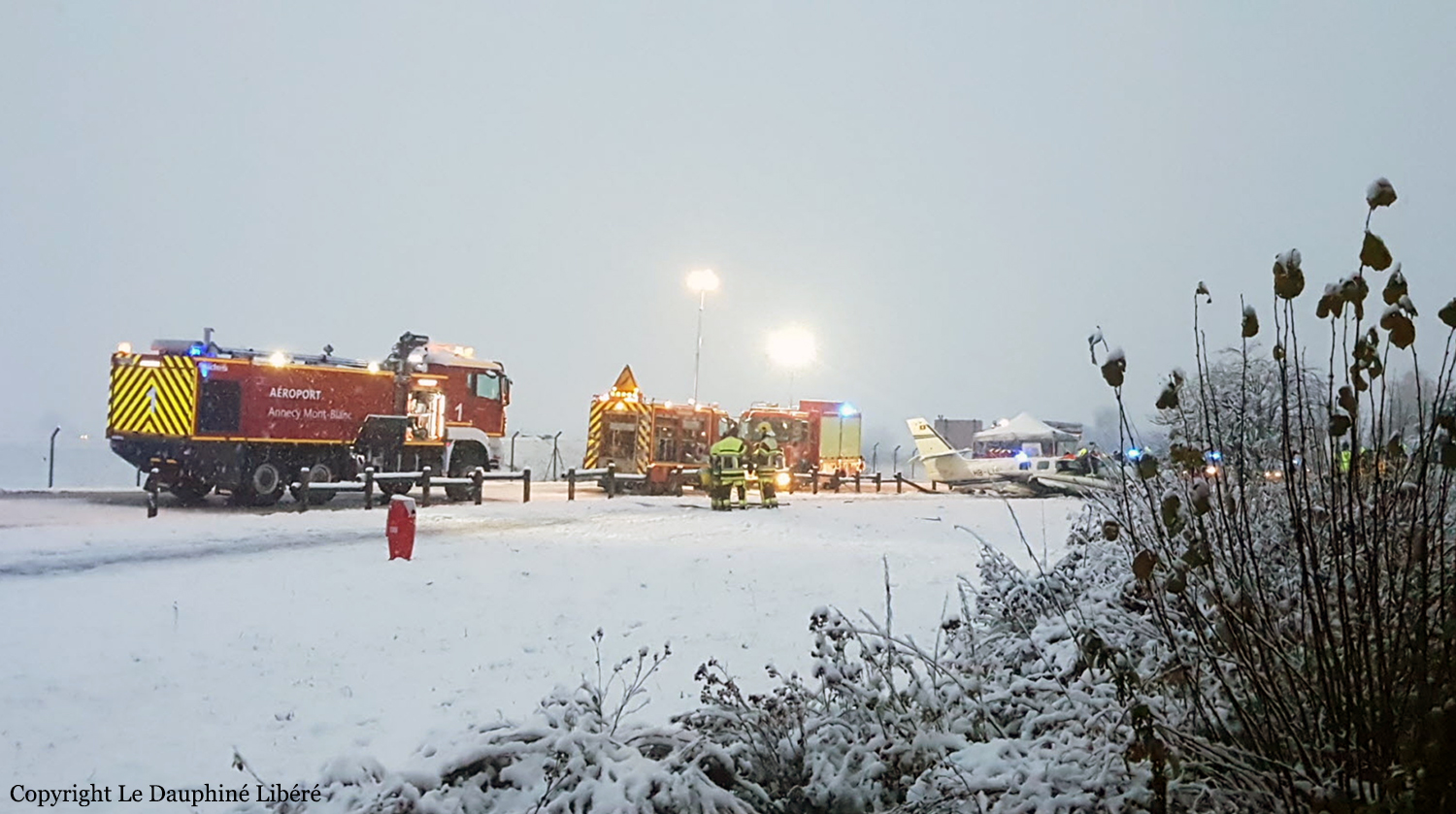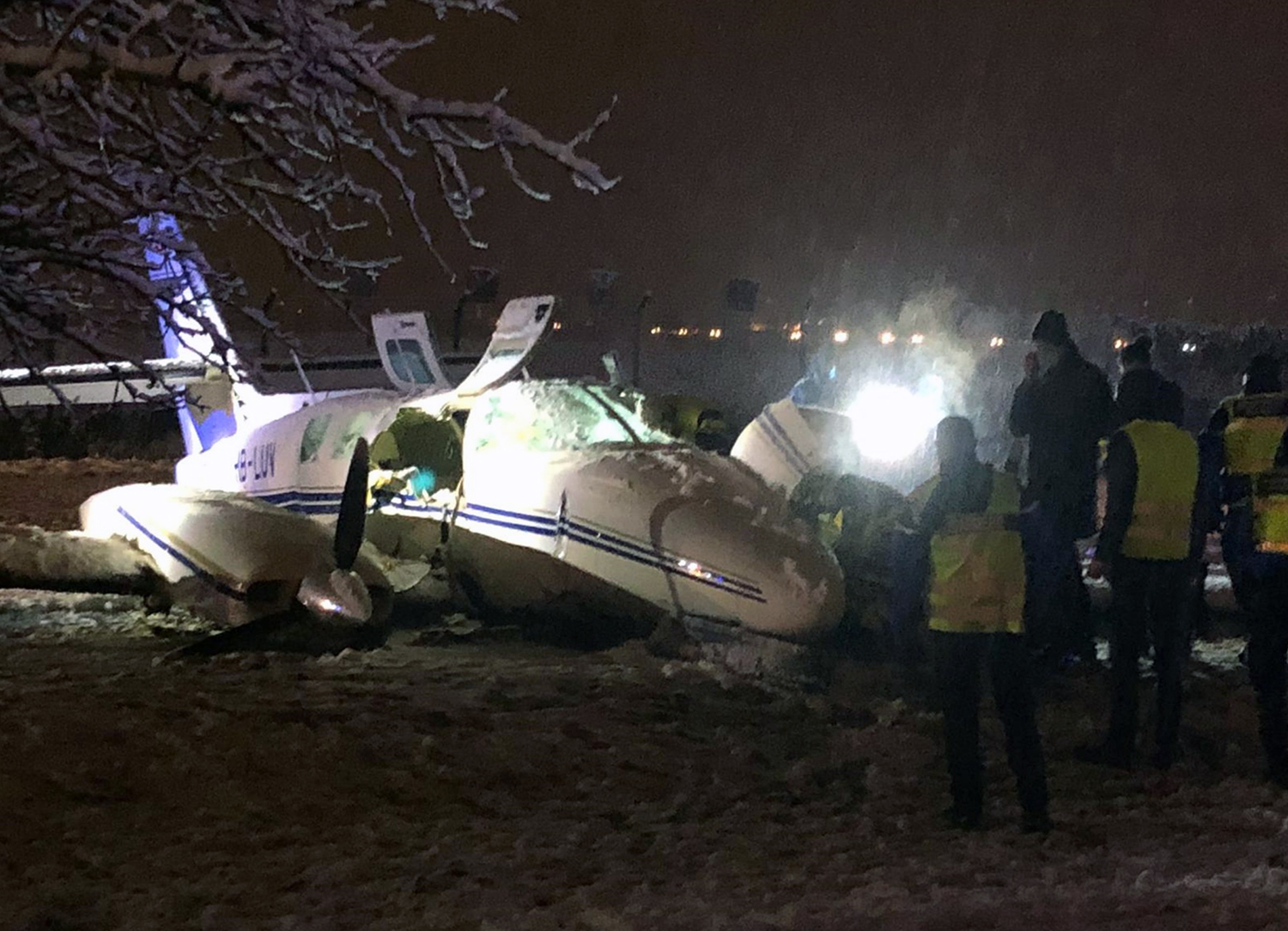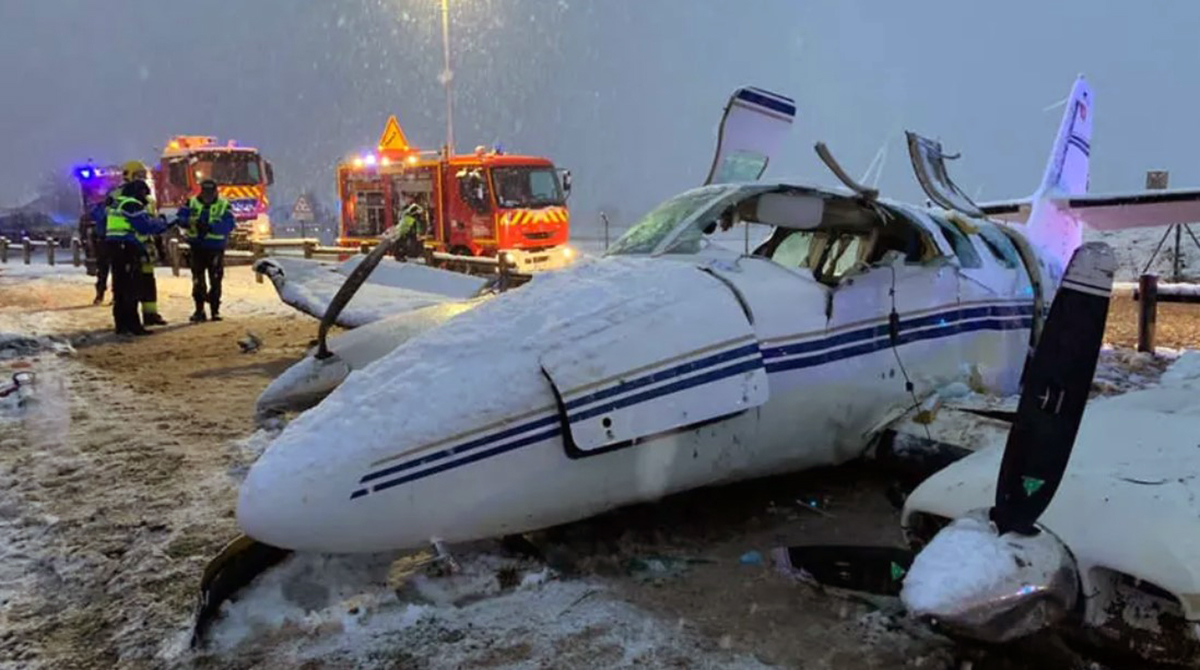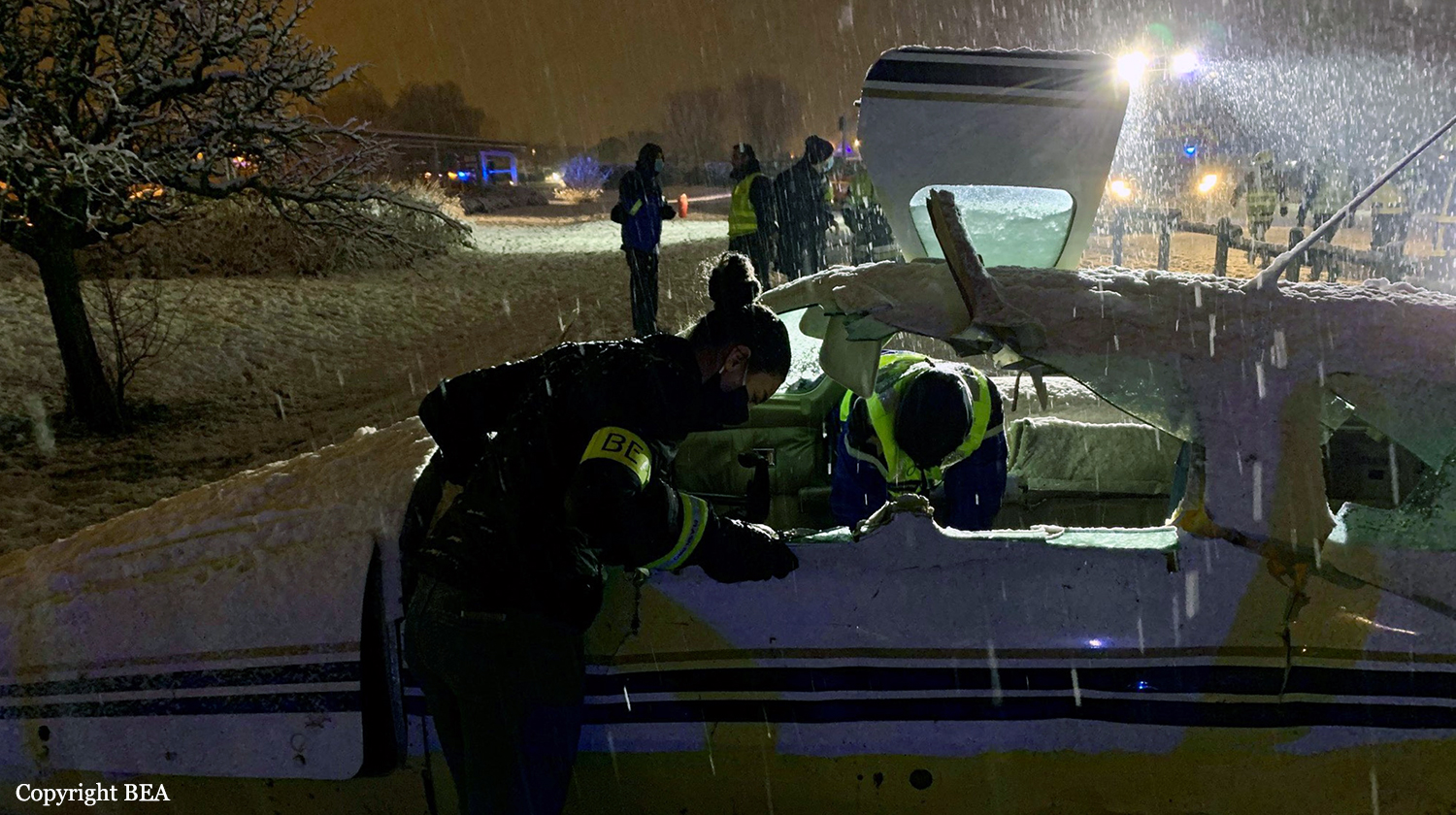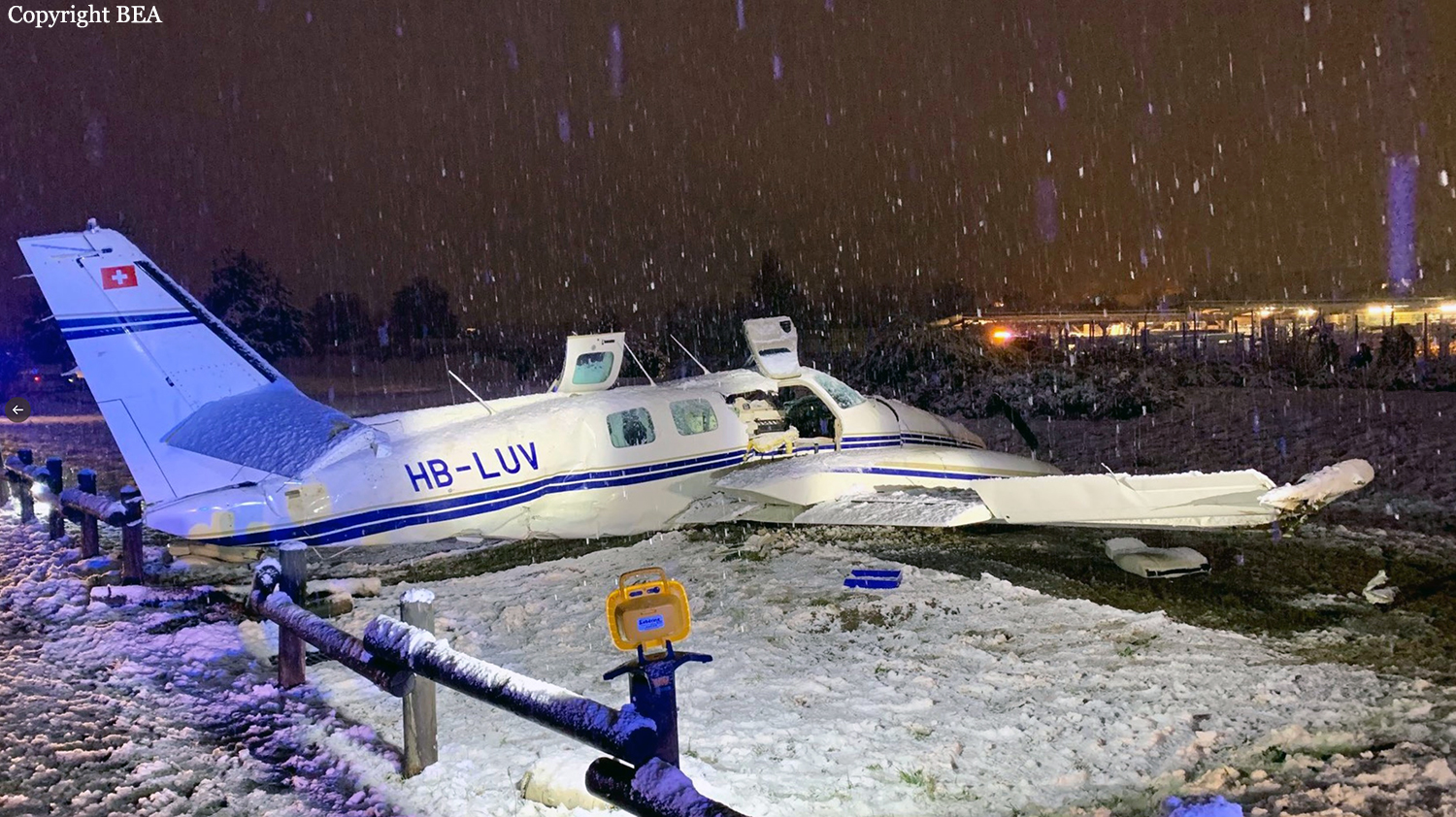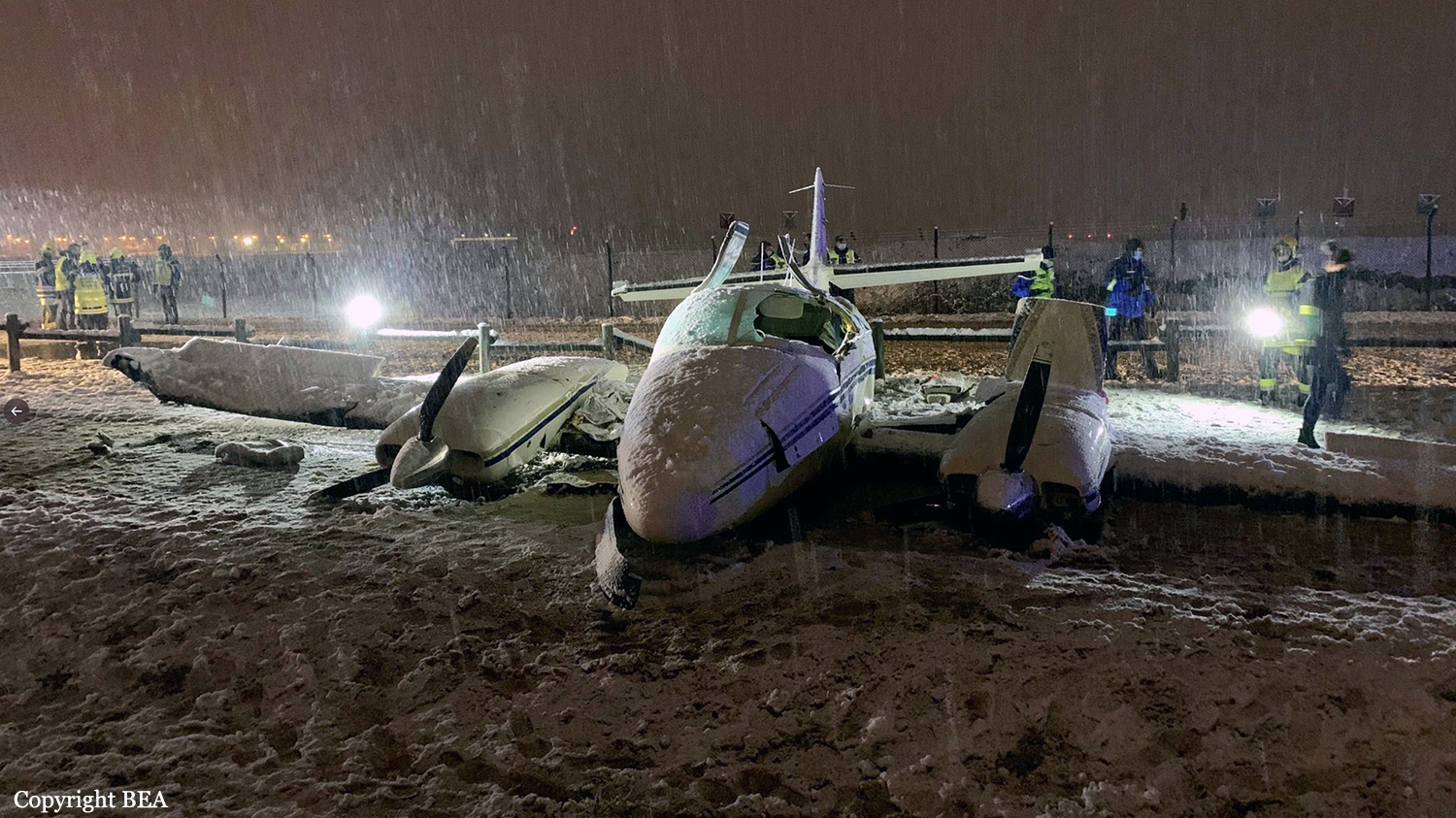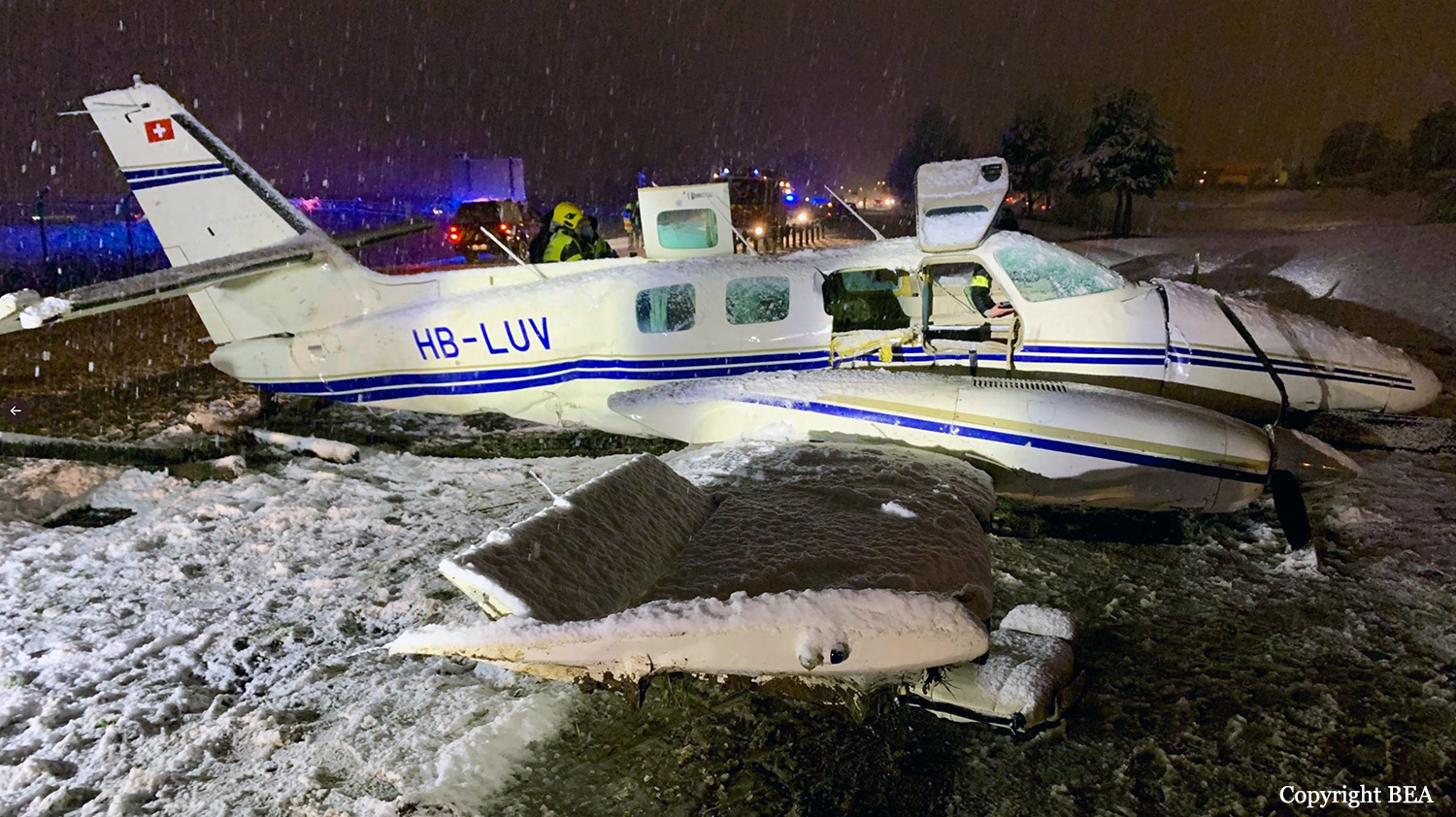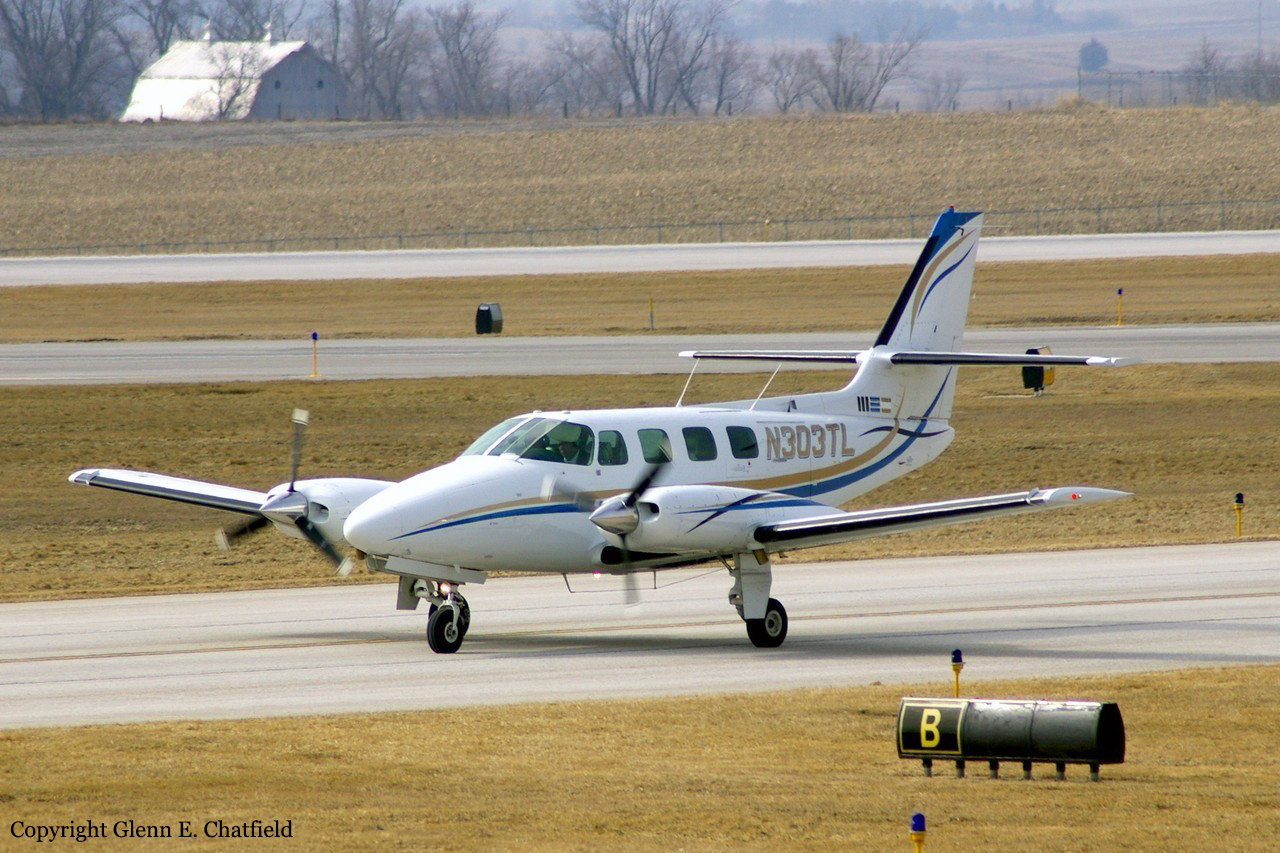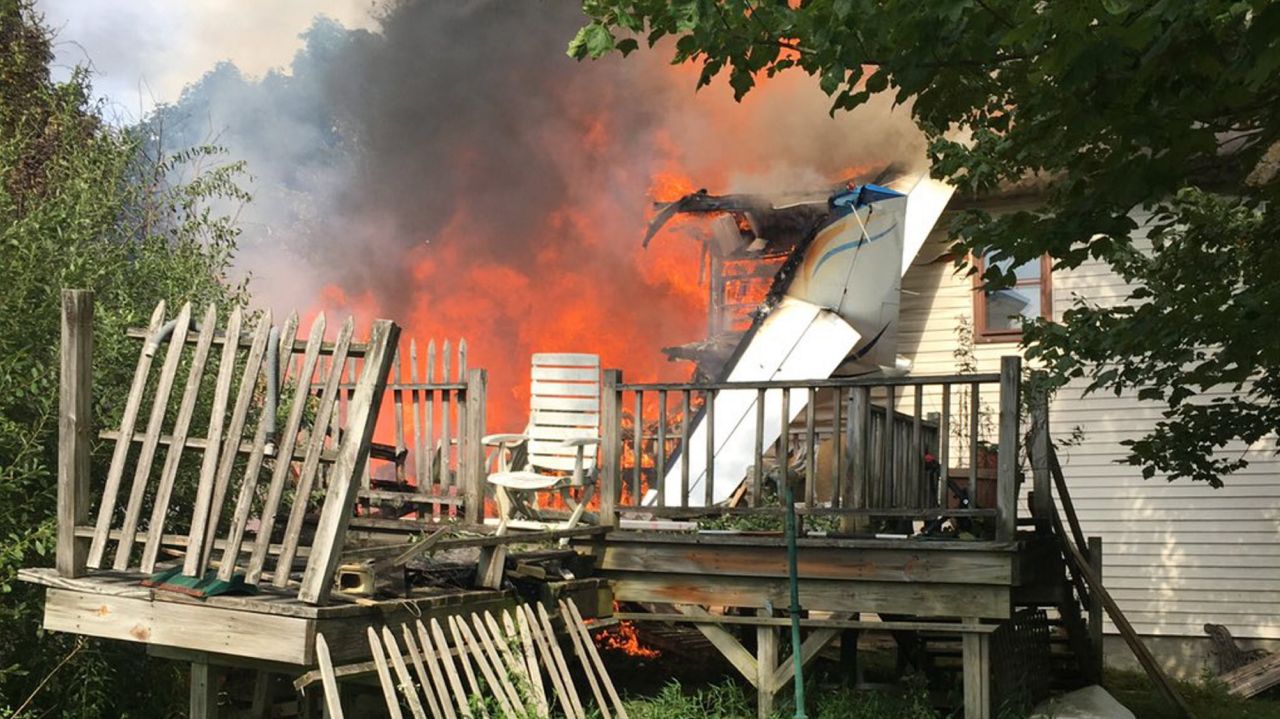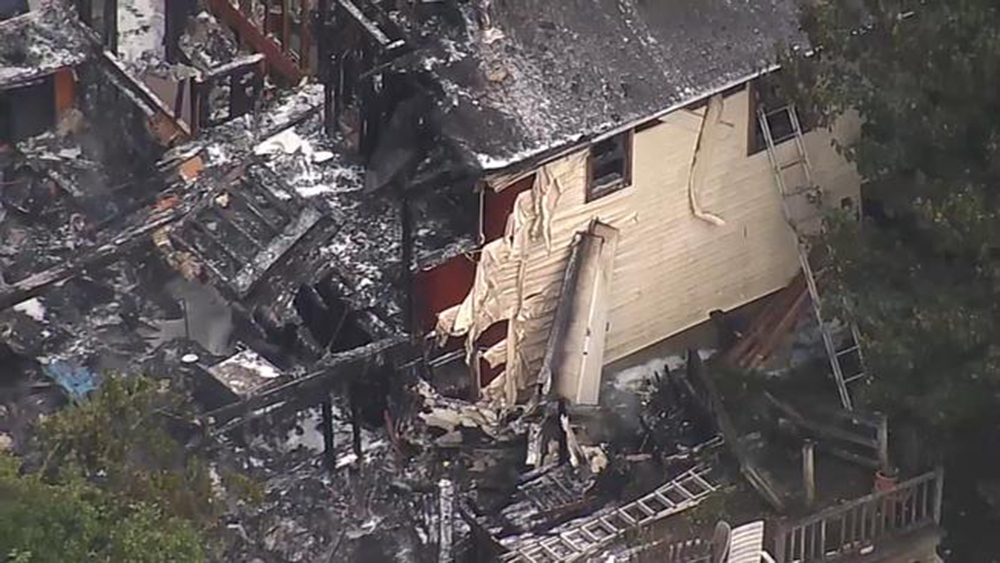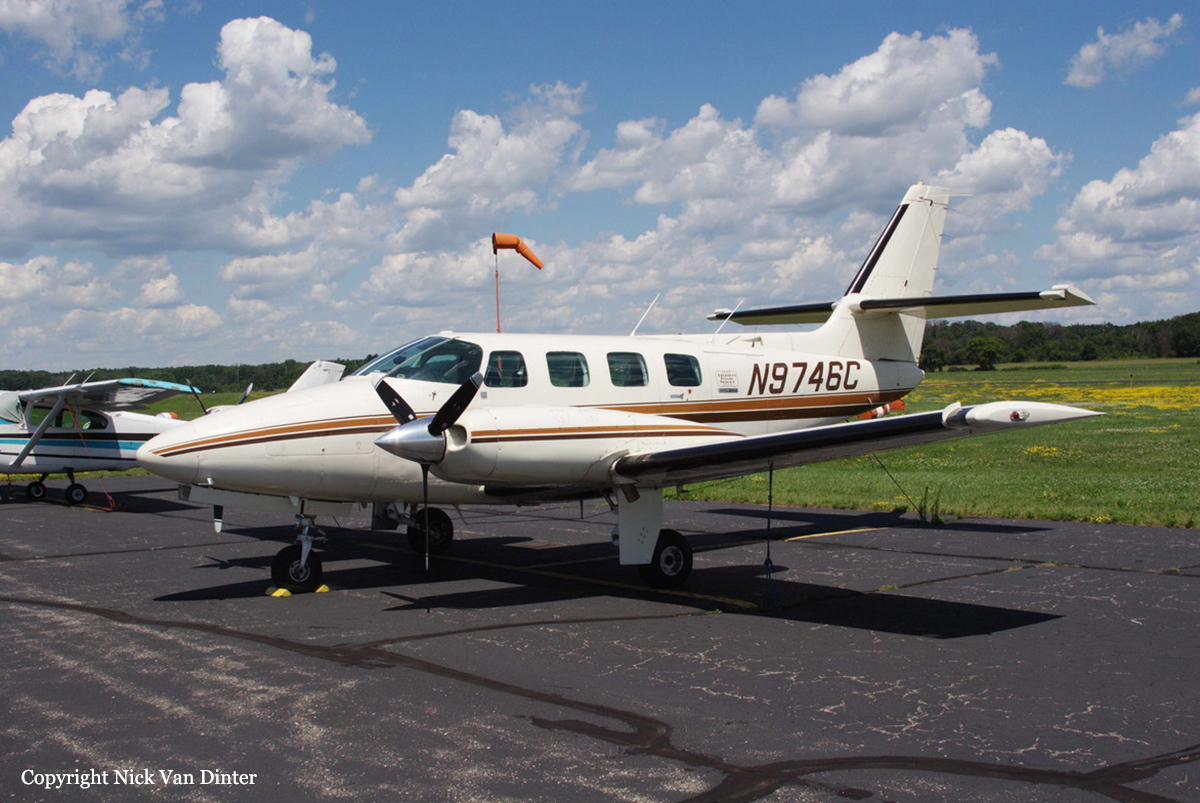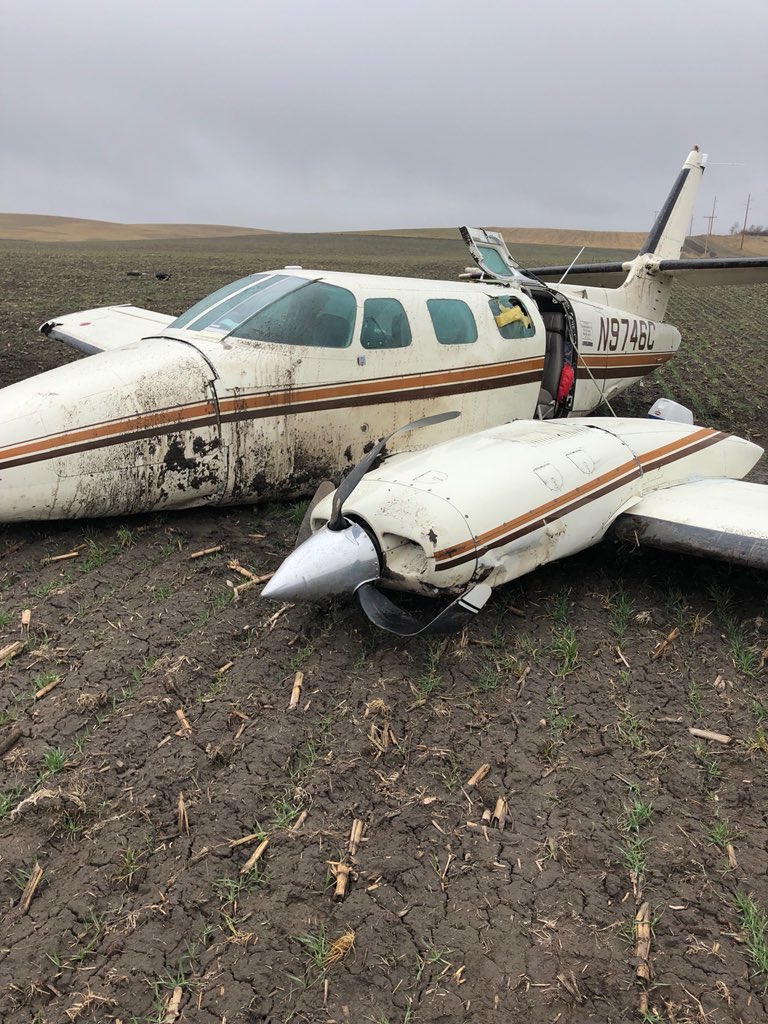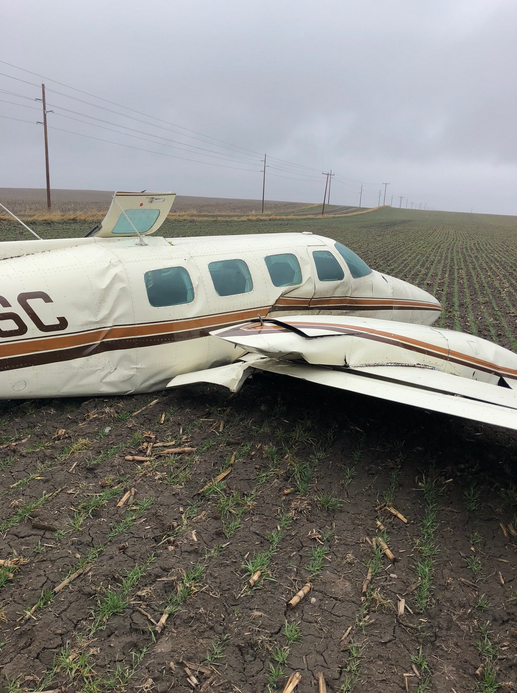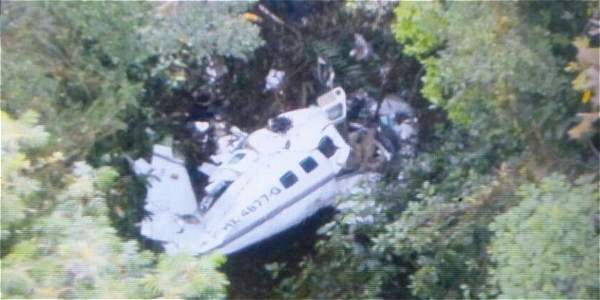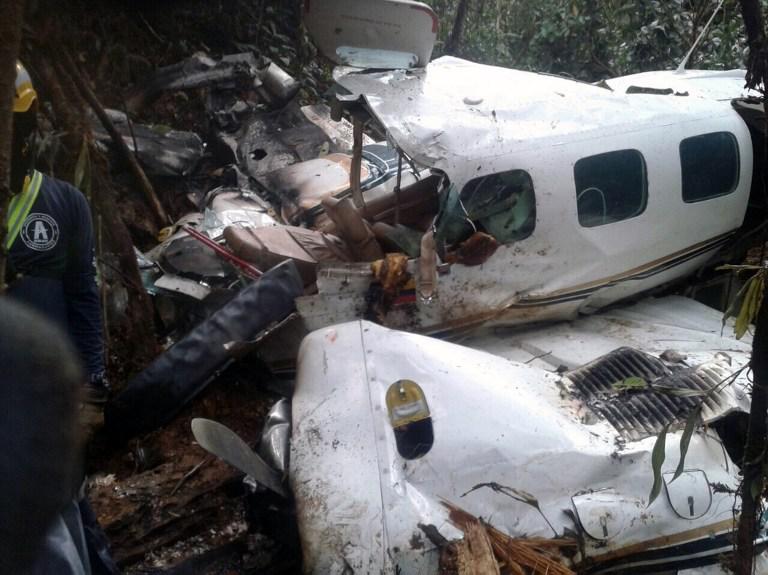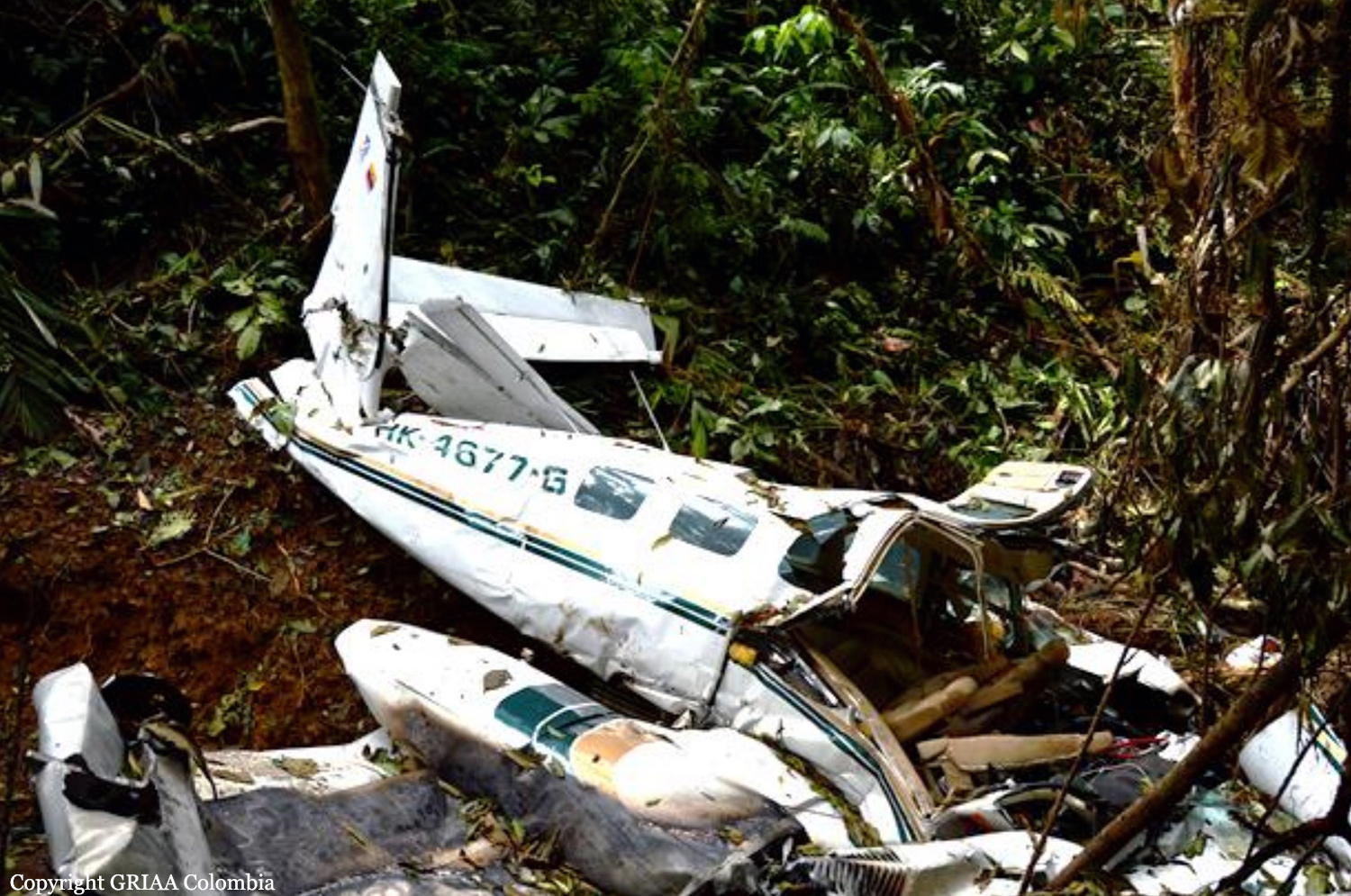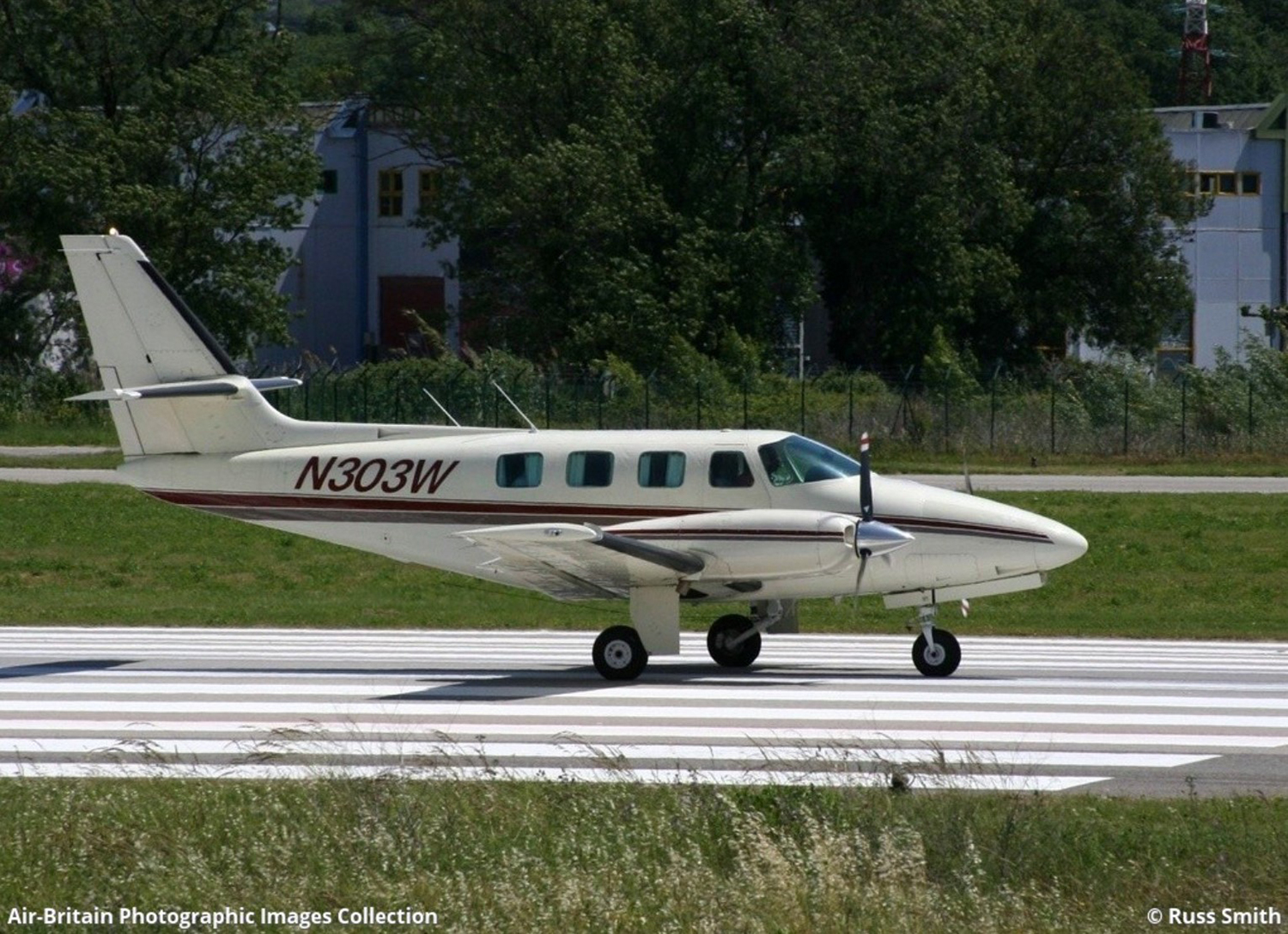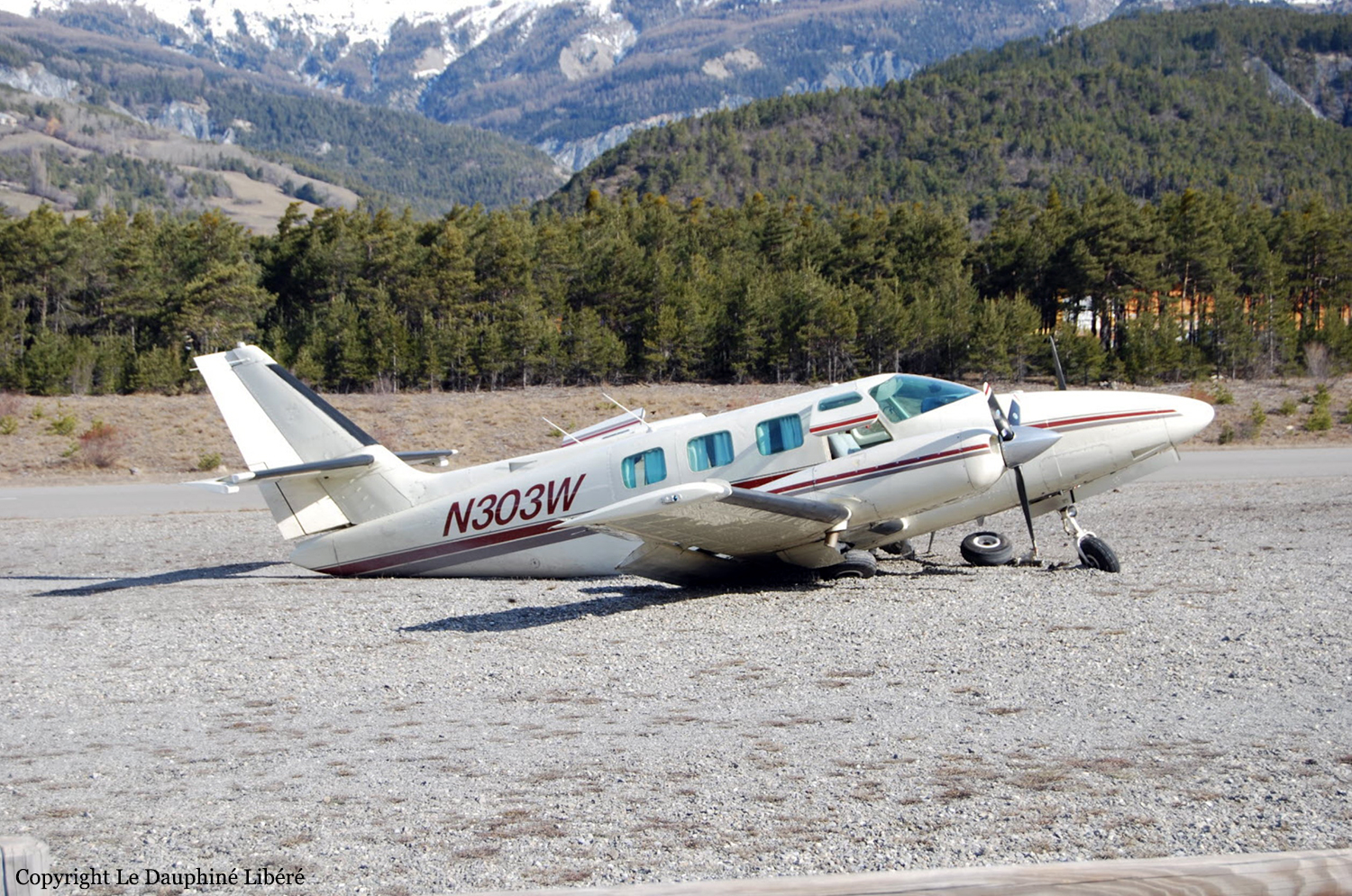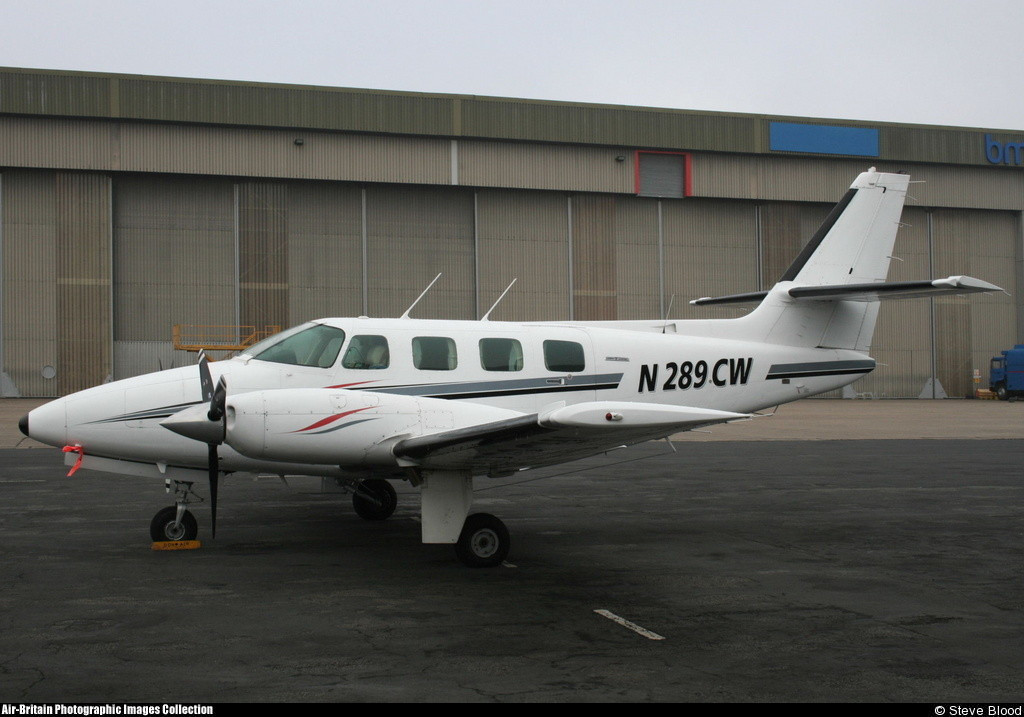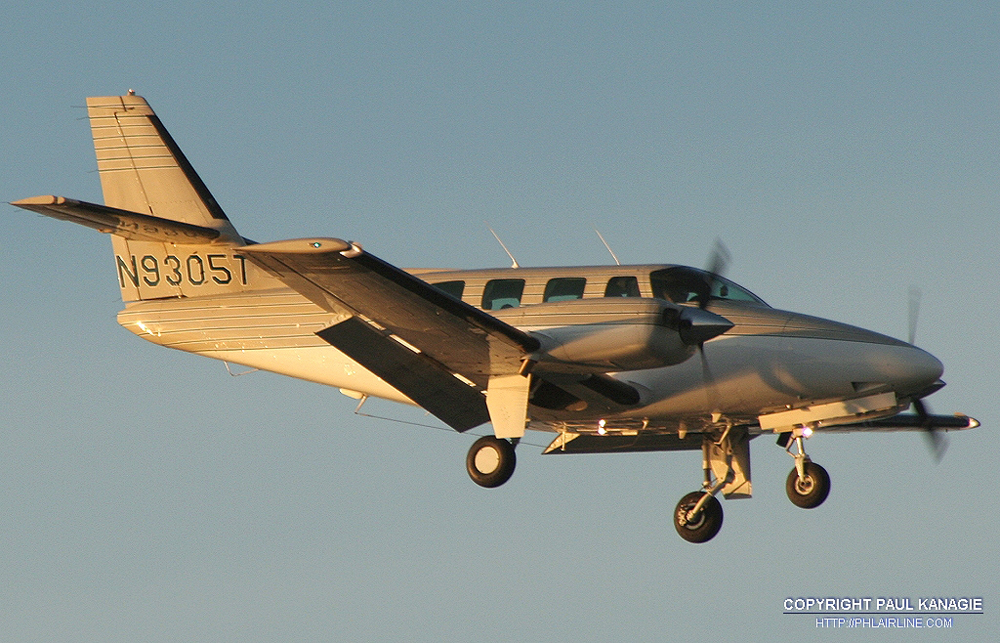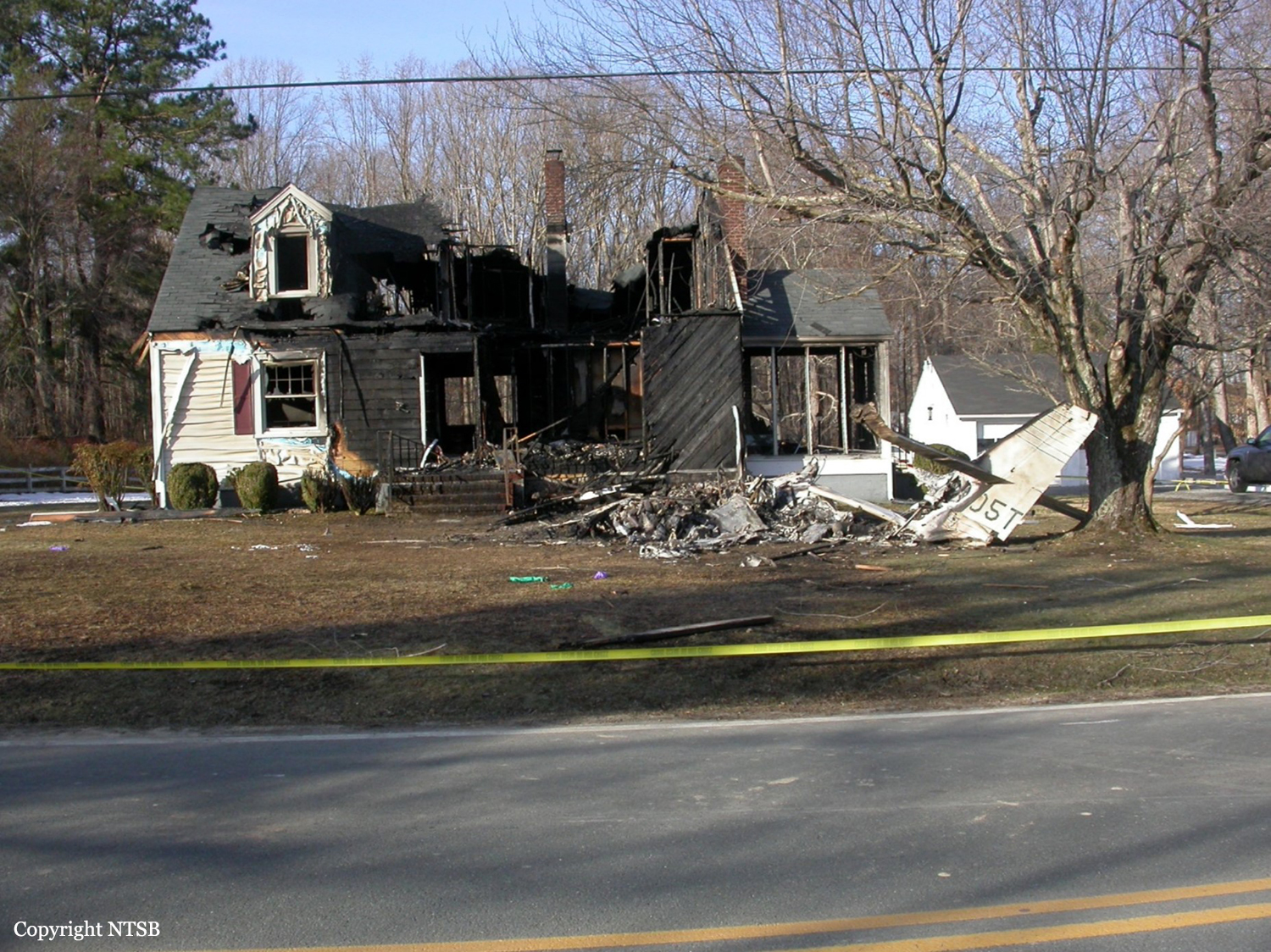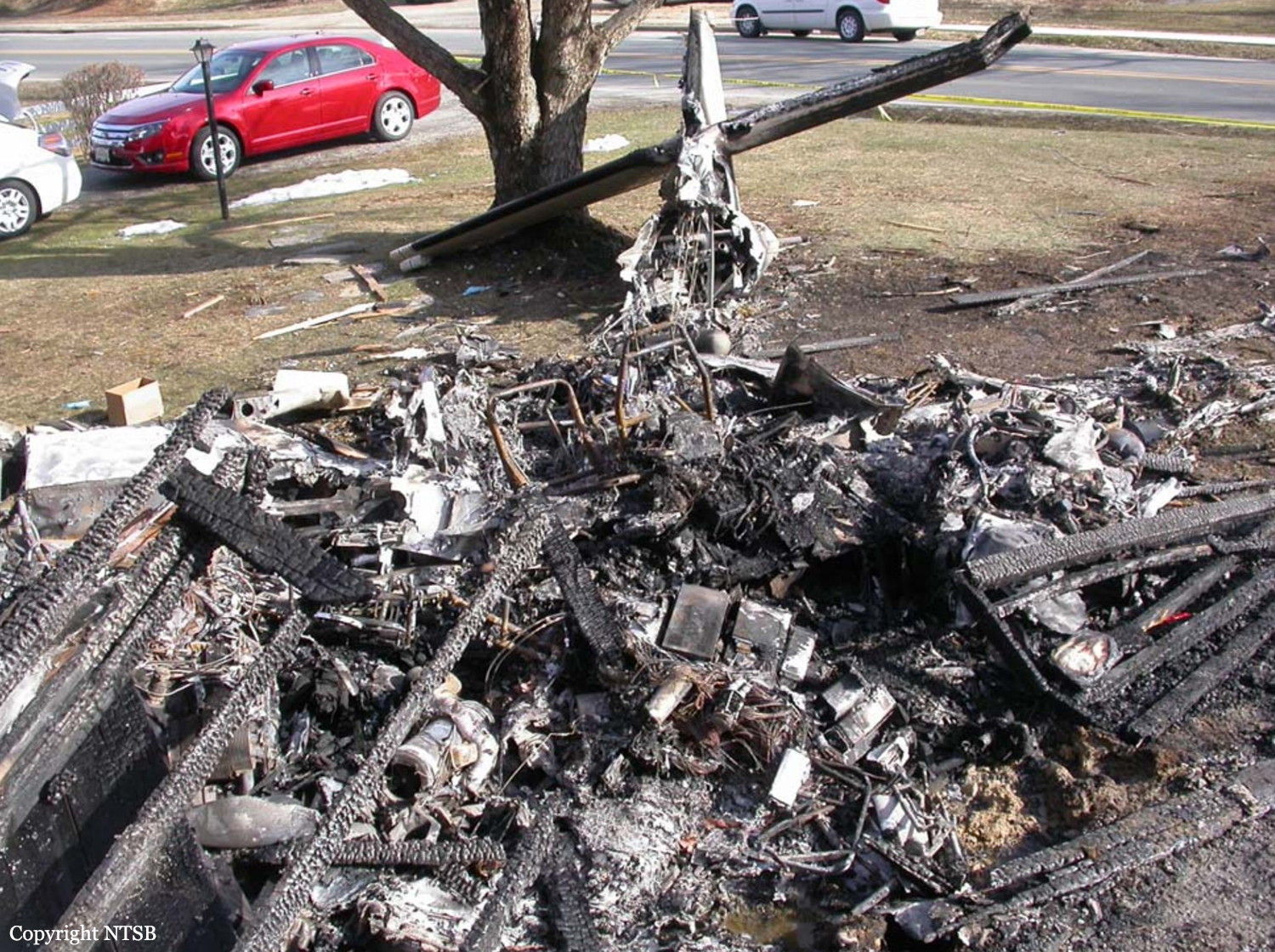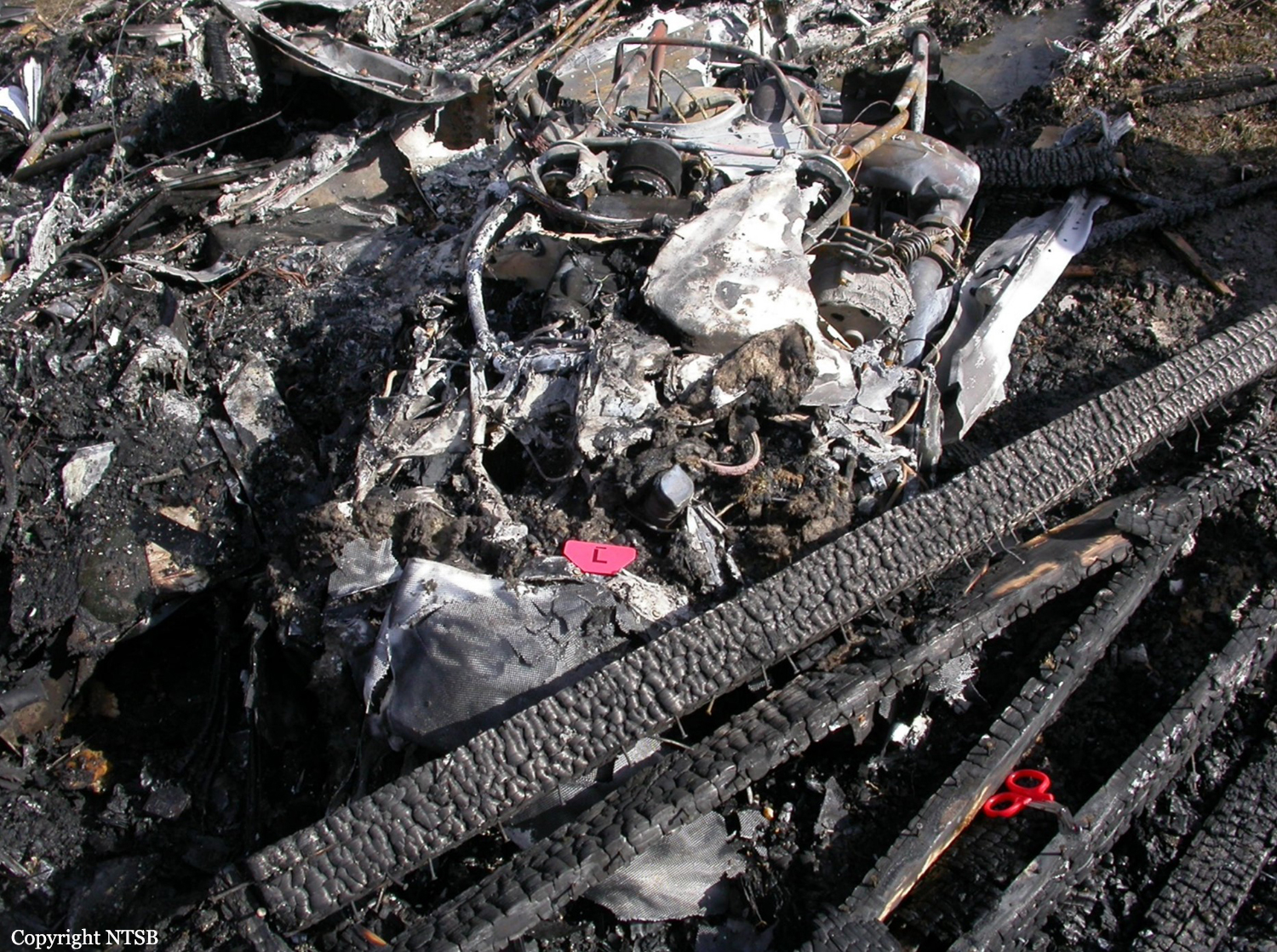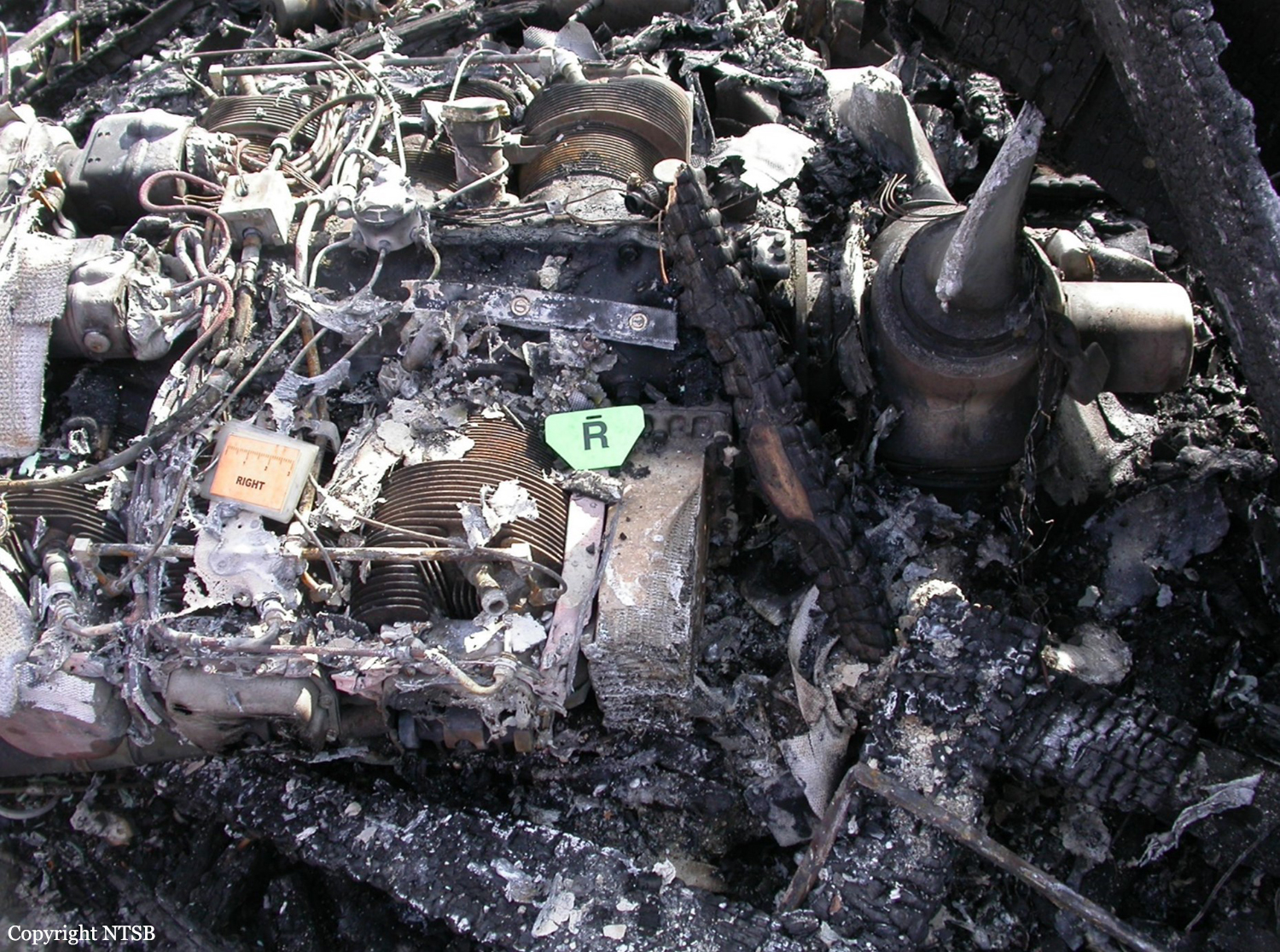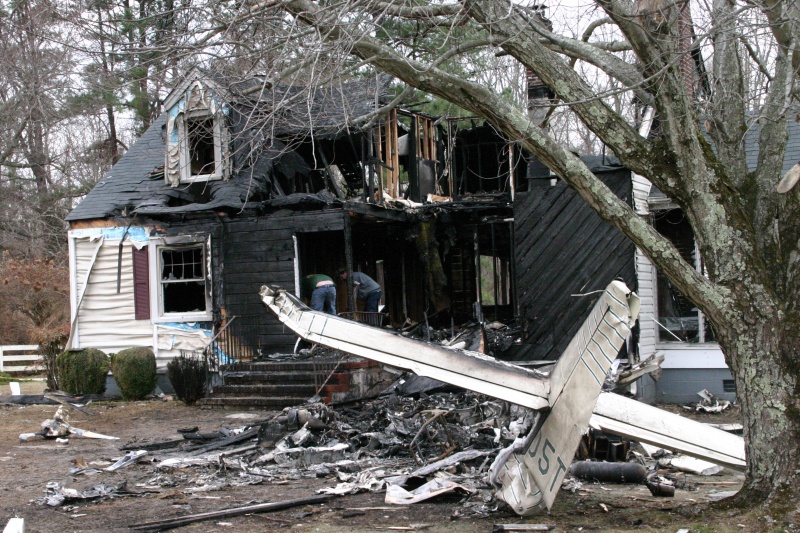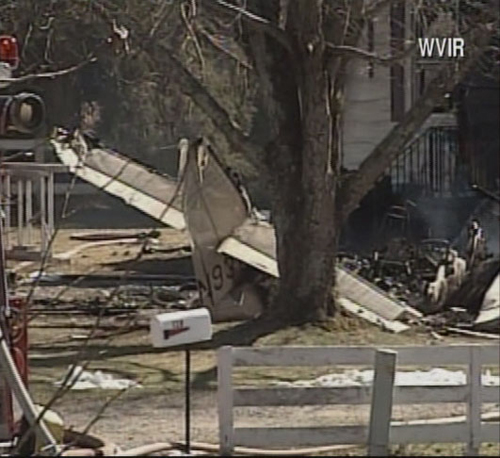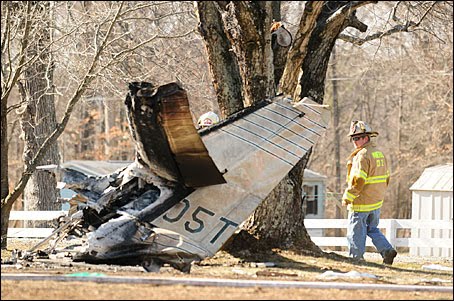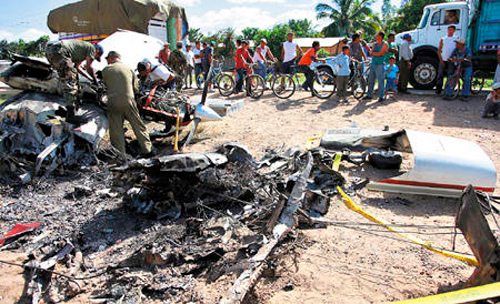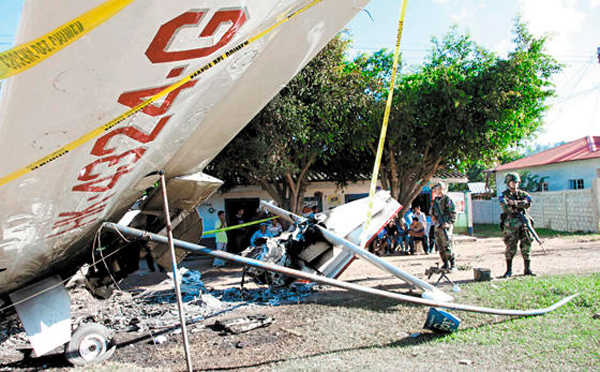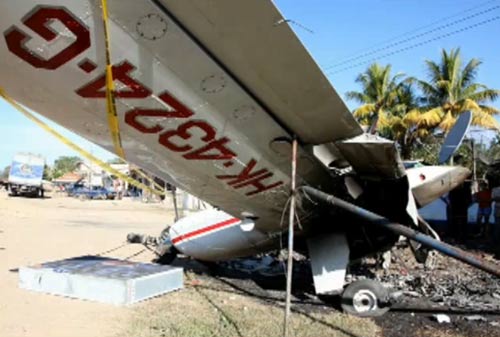Crash of a Cessna T303 Crusader in Bojacá: 1 killed
Date & Time:
Jan 8, 2021 at 1320 LT
Registration:
HK-3856-G
Survivors:
No
Schedule:
Girardot – Bogotá
MSN:
303-00010
YOM:
1981
Crew on board:
1
Crew fatalities:
Pax on board:
0
Pax fatalities:
Other fatalities:
Total fatalities:
1
Circumstances:
The pilot, sole on board, departed Flandes-Santiago Vila Airport runway 02 at 1257LT on a flight to Guaymaral in Bogotá. En route, weather conditions worsened and the visibility was poor. While cruising at an altitude of 9,260 feet, the twin engine airplane impacted trees and crashed in a wooded and hilly terrain located near Bojacá. The aircraft was destroyed by impact forces and the pilot was killed.
Probable cause:
The accident was the consequence of a controlled flight into terrain after the decision of the pilot to continue the flight under VFR mode in IMC conditions.
The following contributing factors were identified:
- The pilot took the decision to continue the flight to destination instead of returning to Flandes (Girardot) or to divert to the alternate airport,
- A low situational awareness on part of the pilot who failed to take into account the geographical environment and to maintain a safe separation from the terrain.
The following contributing factors were identified:
- The pilot took the decision to continue the flight to destination instead of returning to Flandes (Girardot) or to divert to the alternate airport,
- A low situational awareness on part of the pilot who failed to take into account the geographical environment and to maintain a safe separation from the terrain.
Final Report:
